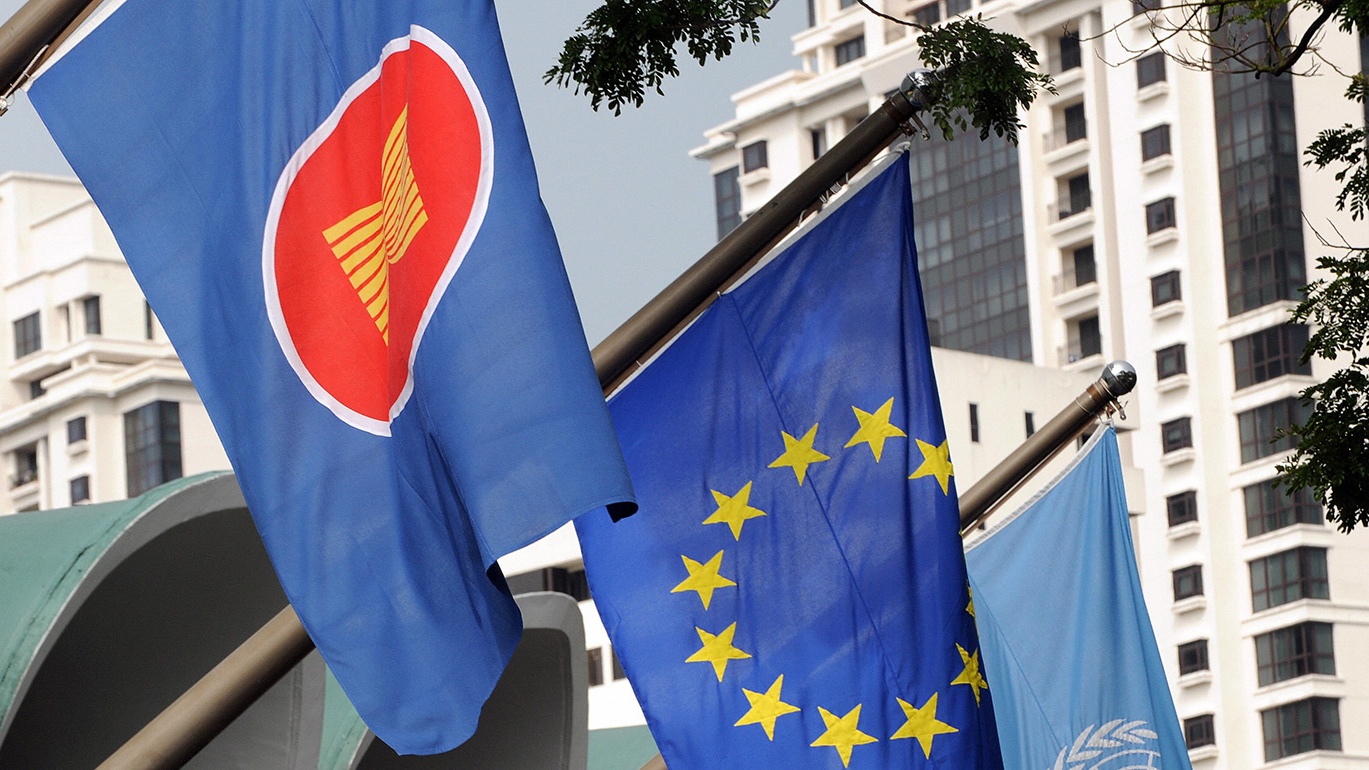In the new international context marked by the confrontation between the USA and China, ASEAN and the EU can play a crucial role in avoiding conflict and promoting global cooperation
The current international landscape is heavily influenced by the growing competition between the US and China. This rivalry extends beyond trade and economics into areas of technology, military prowess, and geopolitical influence.
The recent summit in California showcased the deep-rooted and complex nature of US-China relations. Presidents Xi and Biden, representing the world's two largest economies, engaged in extensive discussions on a range of contentious issues. However, the summit concluded with several key disputes unresolved, highlighting the persistent friction between the two nations especially on trade and geopolitical issues, with reference to the situation in Taiwan and in the South China Sea.
The rivalry between the US and China occurs against a backdrop of global instability marked by conflicts like the war in Ukraine and in the Middle East. This environment has led to a decline in international trust and cooperation, raising concerns about a potential return to Cold War-era bloc politics. Such a division into spheres of influence would be detrimental, particularly for the EU and ASEAN, which have thrived in a more open and cooperative international system.
The EU and ASEAN, with significant differences in terms of history and socio-political context, share a core objective: promoting regional market integration to achieve peace, stability, and prosperity. However, the integrative model they champion is now under threat from global tensions that challenge the integrity of common markets and the cohesion of the development model of these organizations. The ongoing US-China trade war, marked by the imposition of tariffs and trade barriers, serves as a prime example of how external geopolitical tensions can significantly disrupt internal market dynamics within the EU and ASEAN.
Despite the grim outlook, there are substantial opportunities for both the EU and ASEAN in the current geopolitical climate. Both the EU and ASEAN possess significant market attractiveness that can be leveraged to influence the US-China dynamic. The EU, with its GDP of over $15 trillion and a population of about 450 million (with an enlargement in sight), represents one of the largest single markets in the world. On the other hand, ASEAN, with a combined GDP of approximately $3 trillion and a population exceeding 650 million (of which around 60% is under 35), is one of the fastest-growing regions globally. These economic conditions position both the EU and ASEAN uniquely to mediate and potentially influence the strategic decisions of the US and China, especially in areas of trade policy and regional security.
The EU and ASEAN can play a crucial role in developing a more stable multipolar world order, moving away from bipolar tensions. This involves not only strengthening their internal cohesion but also enhancing inter-regional cooperation. By consolidating their relations and by investing in market integration, these blocs can assert a more balanced and influential role in international affairs.
Joint diplomatic and trade initiatives between the EU and ASEAN can be pivotal in balancing the influence of the US and China, focusing primarily on enhancing trade and economic integration. The EU and ASEAN should start working on a comprehensive trade framework with the aim of reducing tariffs and regulatory barriers. Such an agreement, extended to encompass the entire ASEAN region, would create one of the world's largest free trade areas, diversifying trade relations and reducing overreliance on the US and China. Establishing joint standards in areas like product safety, intellectual property, and sustainable trade practices could be strategically very useful. This would not only align the EU and ASEAN markets more closely but also set an example for global trade standards, independent of the US and China's influence, and enhance their collective bargaining power and strategic position in the global market.
In conclusion, the EU and ASEAN are at a pivotal point in the evolving global landscape, marked by the US-China rivalry and broader international tensions. While they face significant challenges, these regional blocs also possess unique opportunities to influence the global order. By leveraging their economic strength, advocating for a multipolar world, and enhancing inter-regional cooperation, the EU and ASEAN can play a vital role in fostering a more balanced and peaceful international system. Their actions and decisions in the coming years will be crucial in shaping the trajectory of global politics and in ensuring the stability and prosperity of their respective regions.






